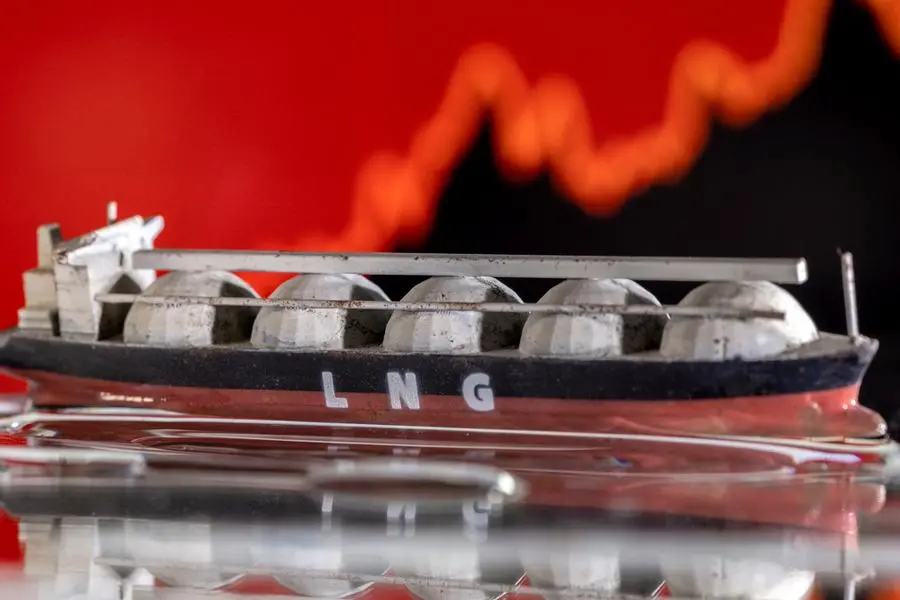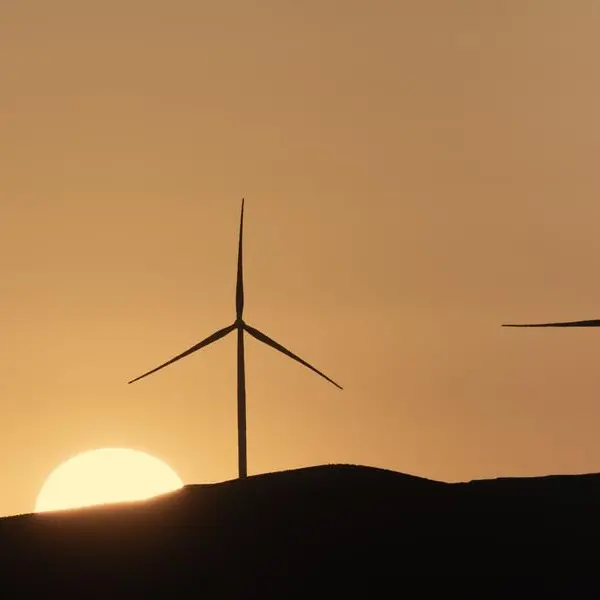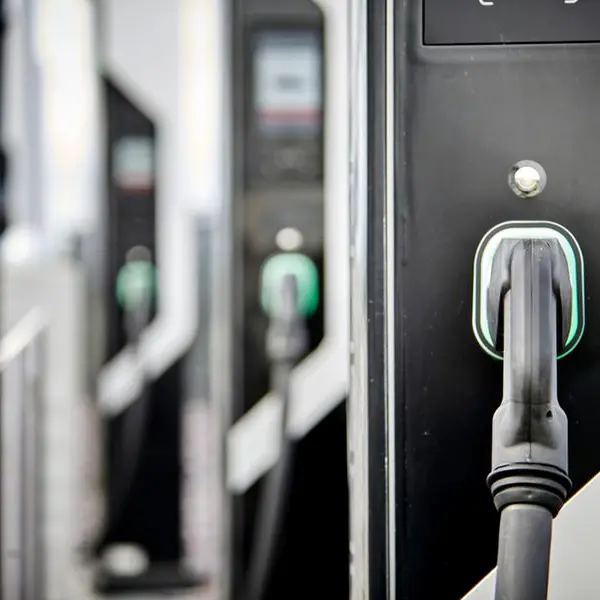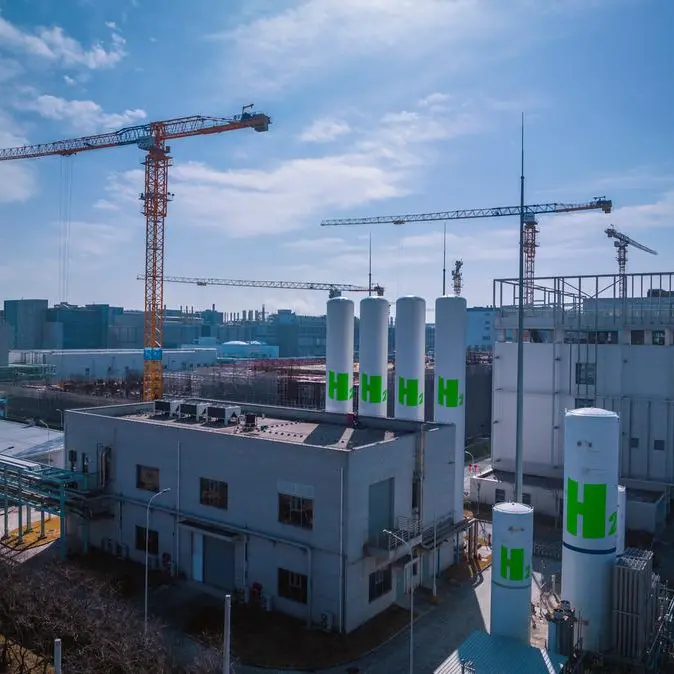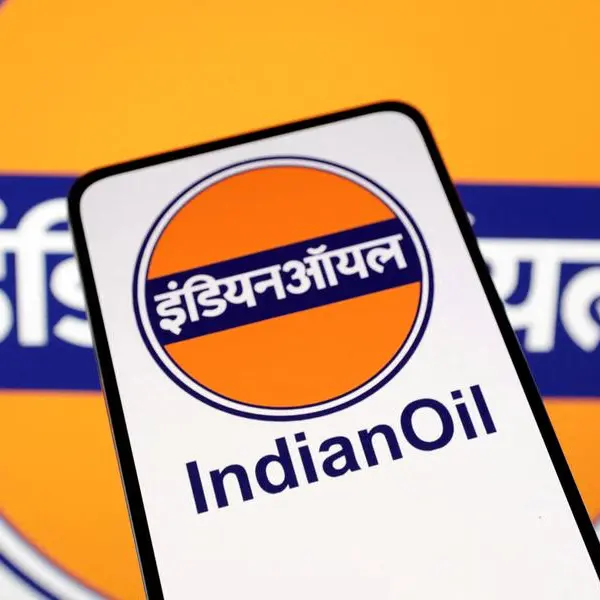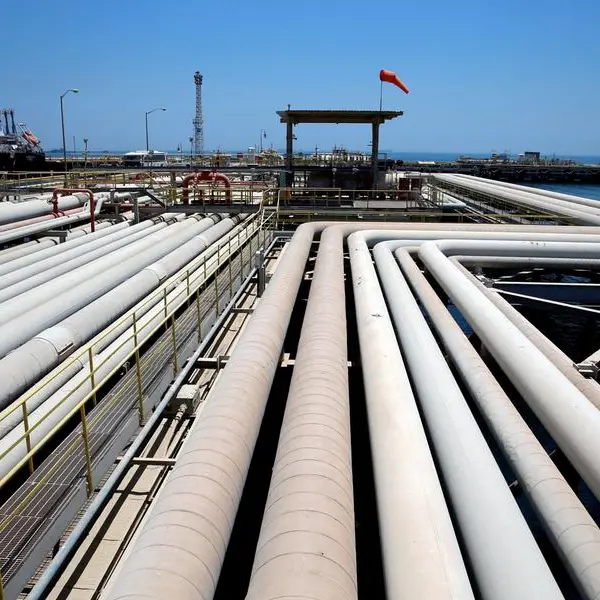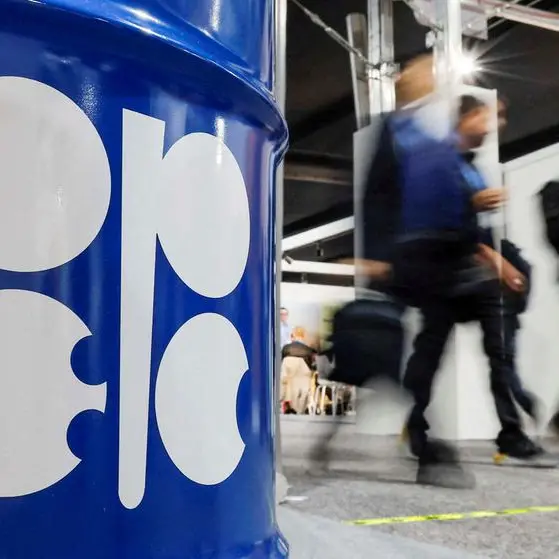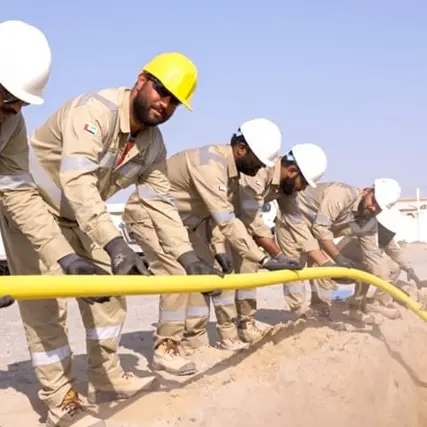PHOTO
Model of LNG tanker and a rising stock graph is seen in this illustration taken May 19, 2022. REUTERS/Dado Ruvic/Illustration
LONDON - The global liquefied natural gas (LNG) market has a new found, but fragile equilibrium, following two years of volatility, due to lack of spare supply in the near-term, the International Gas Union (IGU) said in a report on Wednesday.
Global LNG trade reached a record level of 401.42 million metric tons in 2023, growing by 2.1% or 8.4 million tons from the previous year, supported by high spot purchases due to gradual decline in prices.
However, the pace of growth was lower than the 5.6% seen in 2022, as limited supply remains the primary growth- limiting factor, IGU said in its World LNG Report.
WHY IT IS IMPORTANT
LNG, widely seen as a transition fuel on the path to net-zero emissions, is playing a critical role to help countries, especially in Asia to achieve their energy transition goals.
European Union nations have raced to replace Russian fuel following Moscow's invasion of Ukraine in 2022, and LNG imports have been instrumental in replacing a substantial share of Russian gas pipeline supplies.
The IGU represents the global gas industry with more than 150 members in over 80 countries, covering over 90% of the global gas market.
BY THE NUMBERS
- Global LNG trade connected 20 exporting markets with 51 importing markets in 2023.
- Asia saw the biggest change in net imports, with an increase of 10.49 million tons, as lower prices spurred spot purchases.
- China was the world's top LNG importer of LNG with 71.21 million tons of imports.
- European imports remained steady, as a mild winter helped keep inventories at strong levels.
- Germany imported substantial volumes of LNG for the first time in 2023, estimated at slightly over 5 million tons, compared with 80,000 tons in 2022.
- The United States remained the world's top LNG exported in 2023, with total exports of 84.5 million tons, an increase of 8.9 million from the previous year.
- Australia came in second place with exports totalling 79.6 million tons, followed by Qatar and Russia exporting 78.2 million and 31.4 million respectively.
- Asia and Asia Pacific regions remain highly dependent on long-term imports at 68.9% and 69.5% respectively.
- Meanwhile, Europe's long-term purchases reached 46.4% and its spot purchases were 48.4%.
KEY QUOTES
"LNG market conditions remain tight, despite lower prices. The global market's newfound equilibrium is still fragile and sensitive to uncertainties from supply and demand sides," said IGU President Li Yalan.
(Reporting by Marwa Rashad; Editing by Marguerita Choy)
